 Shutterstock
Shutterstock
Have you ever noticed your dog letting out a deep sigh and wondered what it means? While we often assume that sighs in dogs are signs of contentment or relaxation, there’s actually a lot more going on when your dog lets out that long, breathy sound. Like humans, dogs use sighs to express various emotions and moods, including frustration, boredom, or even a desire for attention. Assuming every sigh signals happiness, it’s worth exploring the many reasons behind this behavior, as dogs sigh for various surprising and complex reasons.
Contentment and Relaxation
 Shutterstock
Shutterstock
One of the most common reasons dogs sigh is to express contentment or relaxation. After a long walk, a good meal, or a satisfying belly rub, your dog might let out a deep, peaceful sigh. It’s their way of showing you that they are completely at ease and comfortable in their environment. In these moments, your dog is likely feeling safe and satisfied, and the sigh acts as a release of any remaining tension. Much like how humans exhale with relief after a stressful day, dogs use sighing as a signal that all is well in their world.
Frustration or Disappointment
 Shutterstock
Shutterstock
On the flip side, dogs may also sigh when they feel frustrated or disappointed. If your dog has been eagerly waiting for a walk or a play session that didn’t happen, they might let out a sigh as a way of showing their displeasure. It’s a quiet, non-verbal way of saying, “Well, that didn’t go as planned.” You might notice this behavior when you ignore their attempts to get your attention or when they have to wait longer than expected for something they want. In these cases, the sigh is more of a subtle expression of unmet expectations.
Attention-Seeking Behavior
 Shutterstock
Shutterstock
Dogs are masters at getting our attention, and sighing can be one of their tools for doing just that. If your dog is feeling a little neglected or wants some extra love, they might sigh dramatically in your direction to remind you they’re still there. This type of sigh is often accompanied by soulful eyes or a longing glance, making it hard to ignore. It’s their way of saying, “Hey, don’t forget about me!” So, if you hear your dog sighing and they seem to be looking right at you, it could be a clever tactic to get some extra pets or playtime.
Boredom and Restlessness
 Shutterstock
Shutterstock
Just as humans sigh out of boredom, dogs can do the same. If your dog is feeling restless and doesn’t have enough mental or physical stimulation, they might express their frustration with a sigh. This type of sigh often occurs when they’ve been lying around for a while with nothing to do, waiting for something exciting to happen. Dogs, especially high-energy breeds, need regular engagement, and when they don’t get it, they might let out a sigh that signals, “I’m bored, let’s do something!” It’s a subtle cue that they’re ready for some action.
Stress or Anxiety Relief
 Shutterstock
Shutterstock
Sighing can also be a way for dogs to relieve stress or anxiety. After experiencing a stressful situation, such as a trip to the vet, loud noises, or an encounter with an unfamiliar dog, your pet may sigh to release built-up tension. In these instances, the sigh acts as a calming mechanism, helping them reset and relax after a challenging experience. Much like how humans take a deep breath after something stressful, dogs use sighing to regulate their emotions and regain a sense of calm. So, if your dog sighs after a particularly intense moment, they might be trying to soothe themselves.
Physical Discomfort
 Shutterstock
Shutterstock
Dogs might also sigh when they are experiencing physical discomfort. Whether it’s a mild ache, muscle soreness, or even an upset stomach, dogs can use sighing as a way to express that they’re not feeling quite right. You might notice your dog sighing more frequently if they’ve had an active day or if they are dealing with a health issue. If the sighing is accompanied by other signs of discomfort, such as whining, limping, or changes in behavior, it’s important to keep an eye on them and consider whether a trip to the vet is necessary.
Sleepy Time Signals
 Shutterstock
Shutterstock
Dogs often sigh when they’re winding down and getting ready to fall asleep. If your dog has just curled up in their favorite spot and lets out a long, slow sigh, they’re likely signaling that they’re ready to relax and drift off. This type of sigh is usually accompanied by other sleepy behaviors, such as stretching, yawning, or settling into a comfortable position. It’s their way of signaling, “Time for a nap!” In these moments, your dog is transitioning from alertness to rest, using the sigh as a bridge between the two.
Communication and Bonding
 Shutterstock
Shutterstock
Sighing can also be a form of communication and bonding between you and your dog. Dogs are highly attuned to their owners’ emotions and often mimic human behaviors, including sighing. If your dog hears you sigh, they might respond with a sigh of their own as a way of connecting with you on an emotional level. This type of sighing can be part of the subtle, non-verbal communication that strengthens your bond with your pet. It’s like a shared moment of understanding, where your dog is expressing empathy and mirroring your emotions.
Habitual Behavior
 Shutterstock
Shutterstock
Finally, some dogs might sigh simply out of habit. Over time, your dog may develop a routine where they sigh at certain times of the day, such as after meals, walks, or playtime. This doesn’t necessarily indicate any strong emotion; it’s just part of their normal behavior. Much like how humans have little quirks and habits, dogs can develop patterns of behavior that include sighing. It could become their way of signaling the end of one activity and the beginning of another, or simply a way of relaxing in their day-to-day life.
The Drama Behind Every Dog’s Sigh!
 Shutterstock
Shutterstock
The next time your dog lets out a dramatic sigh, don’t assume they’re just content or bored. Whether they’re feeling relaxed, frustrated, or trying to get your attention, there’s usually more to that sigh than meets the ear! While it may seem like your dog is just indulging in a bit of melodrama, they’re communicating uniquely. Next time you catch that sigh, remember: your dog might be telling you more than you think—whether it’s, “I’m bored, let’s play!” or “Thanks for the belly rub!”

 1 month ago
13
1 month ago
13




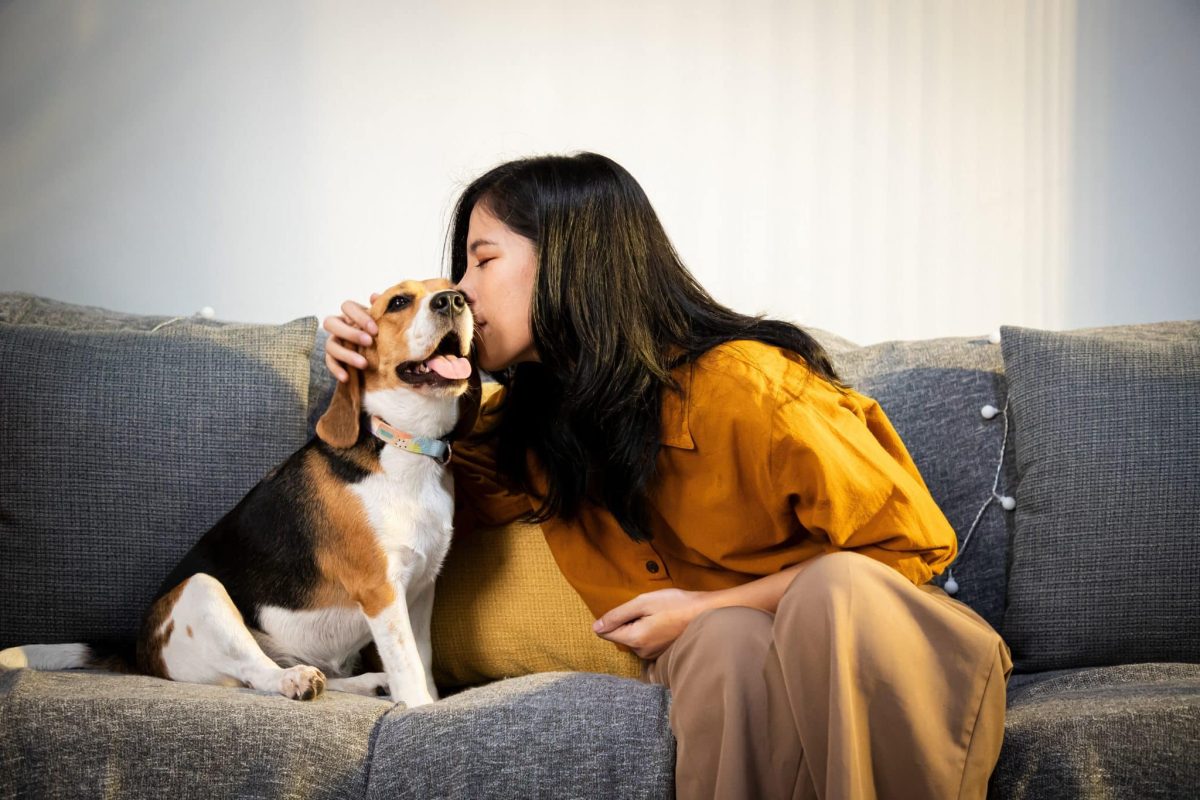
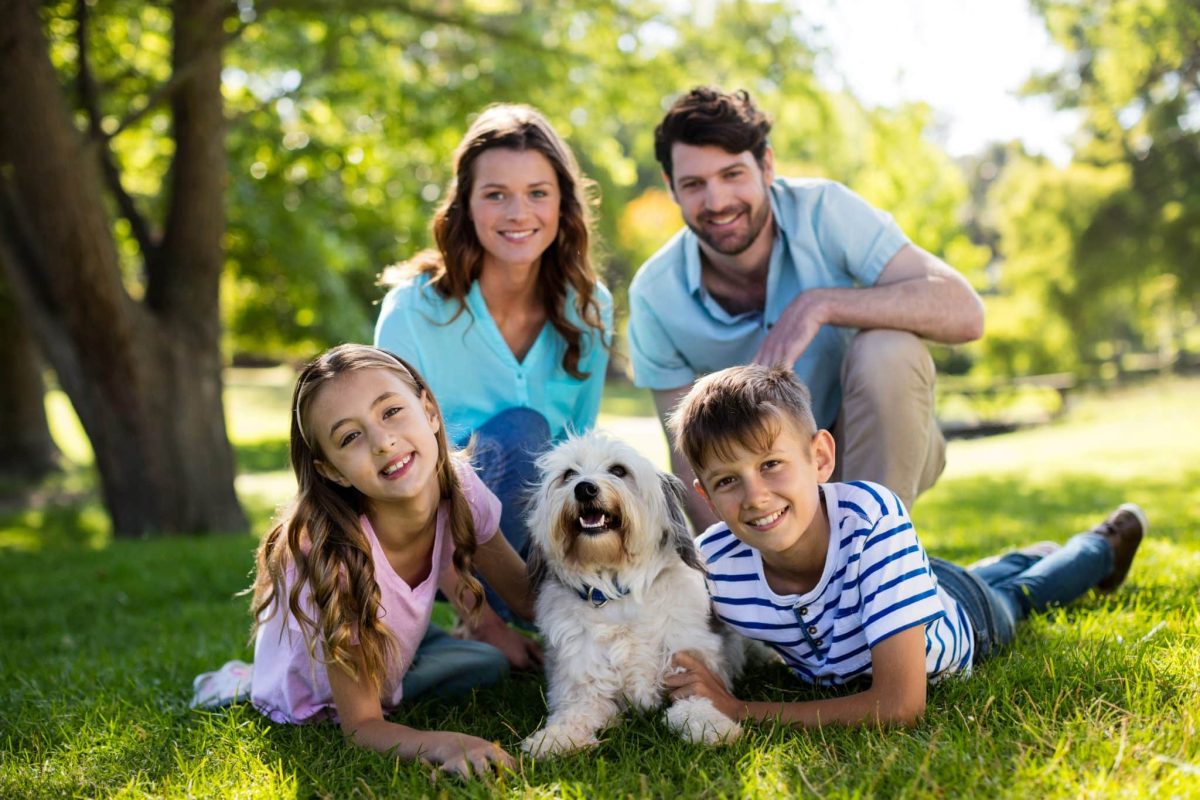

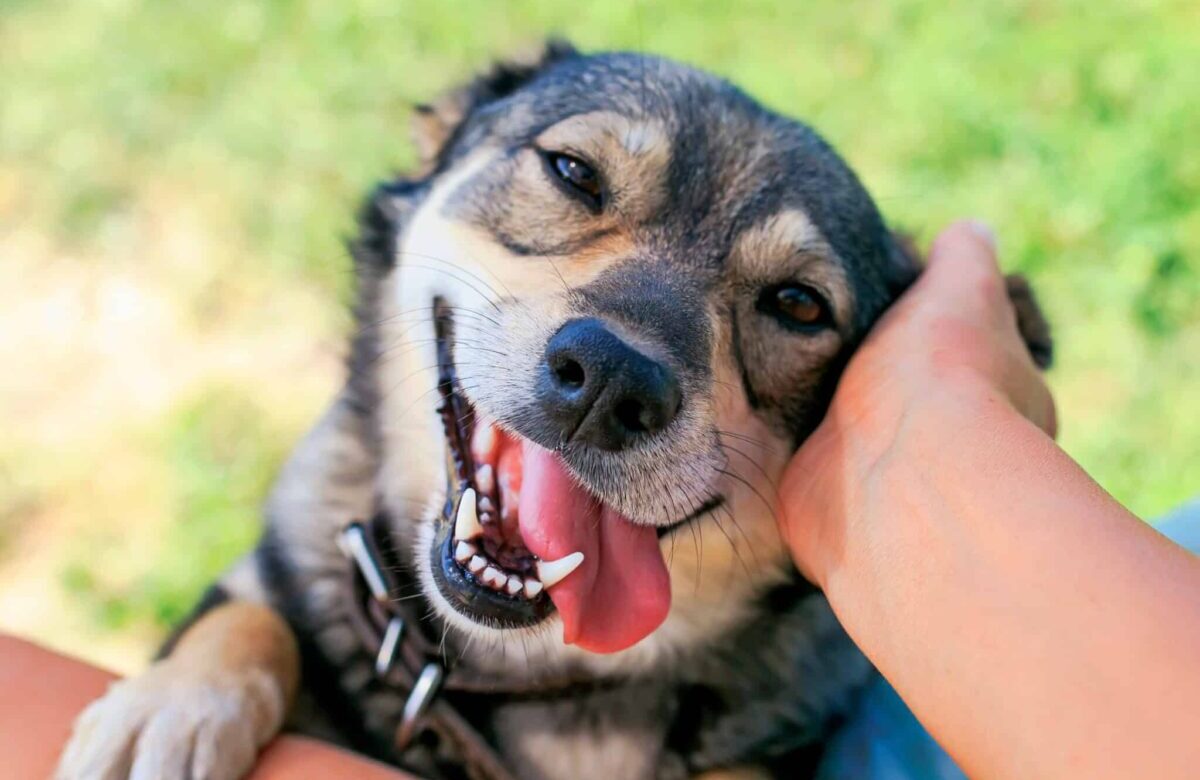



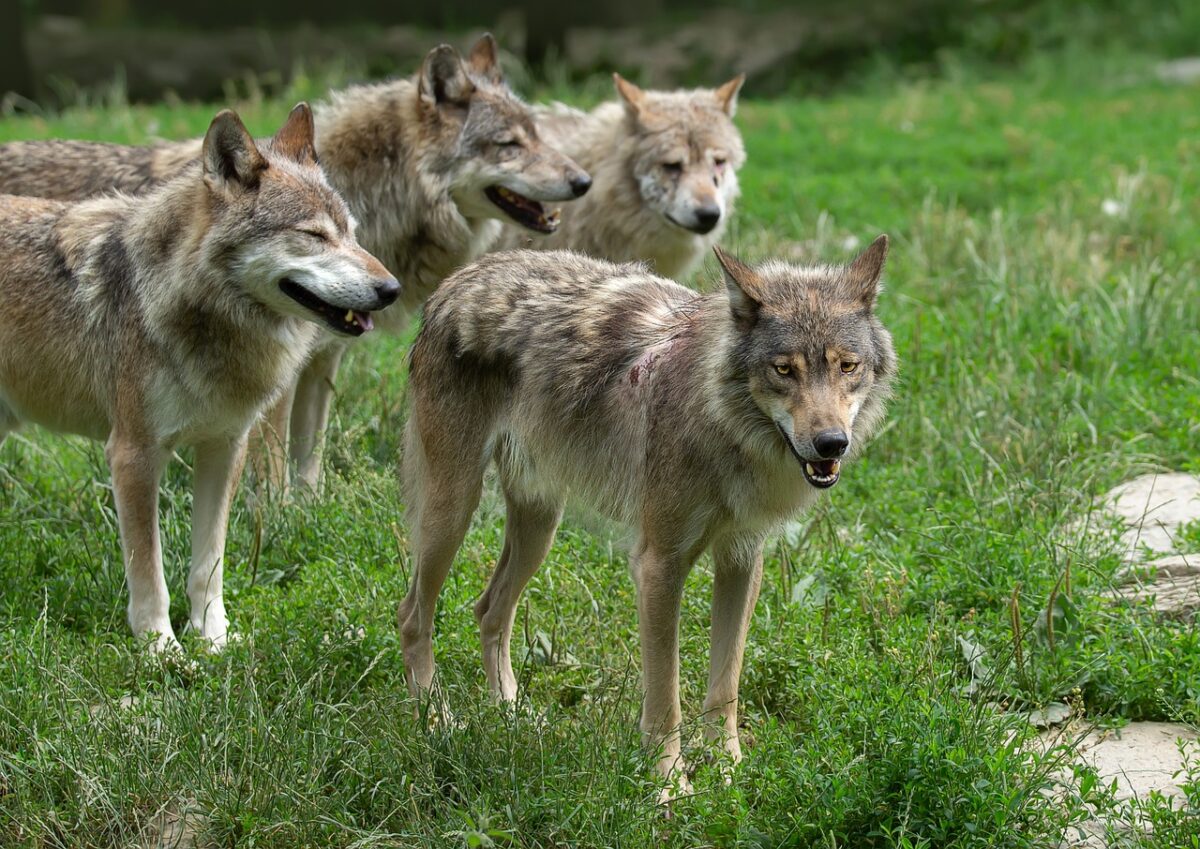
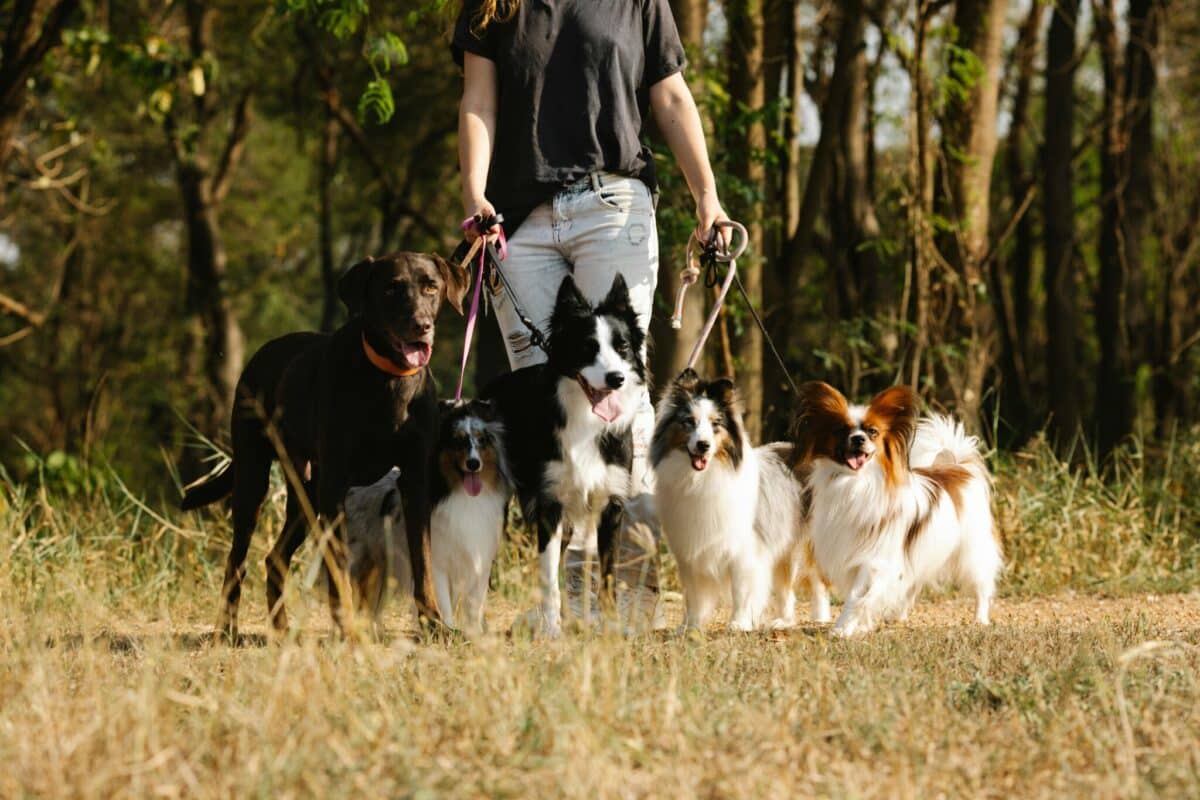



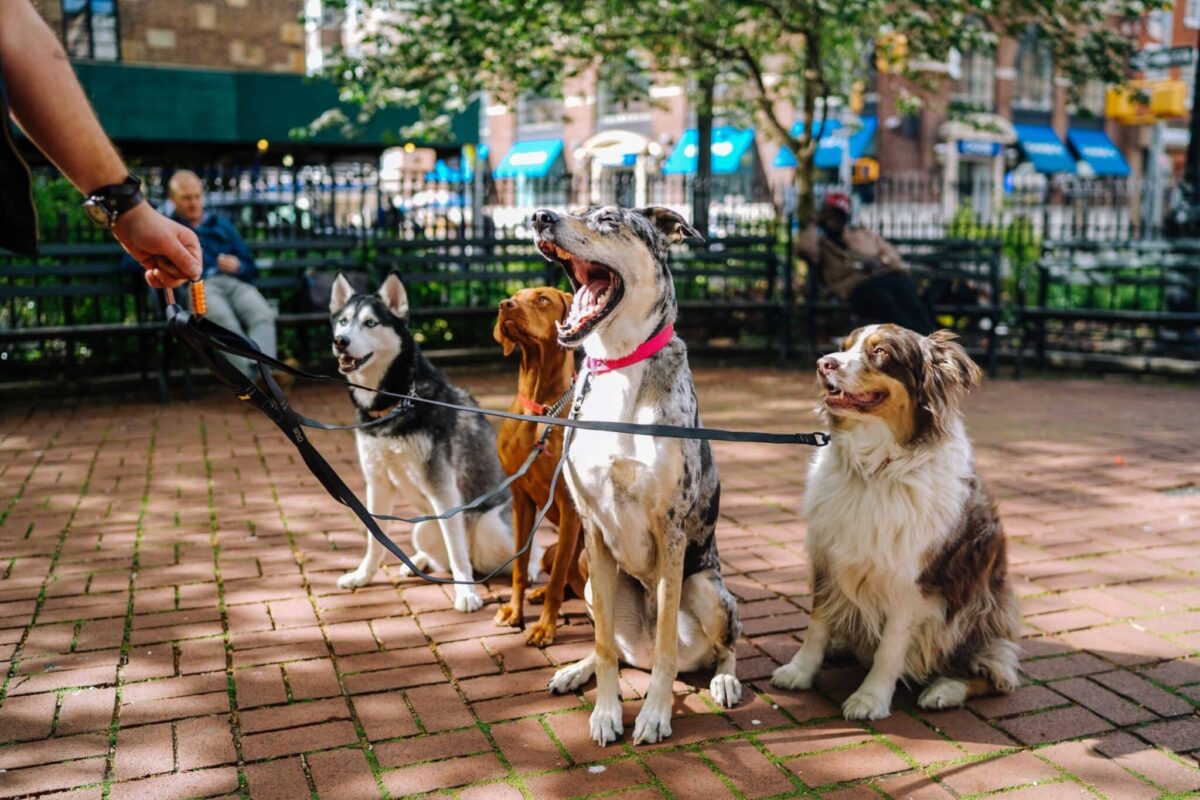

 English (US) ·
English (US) ·